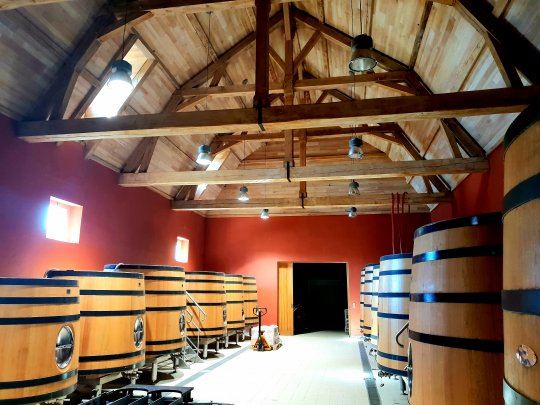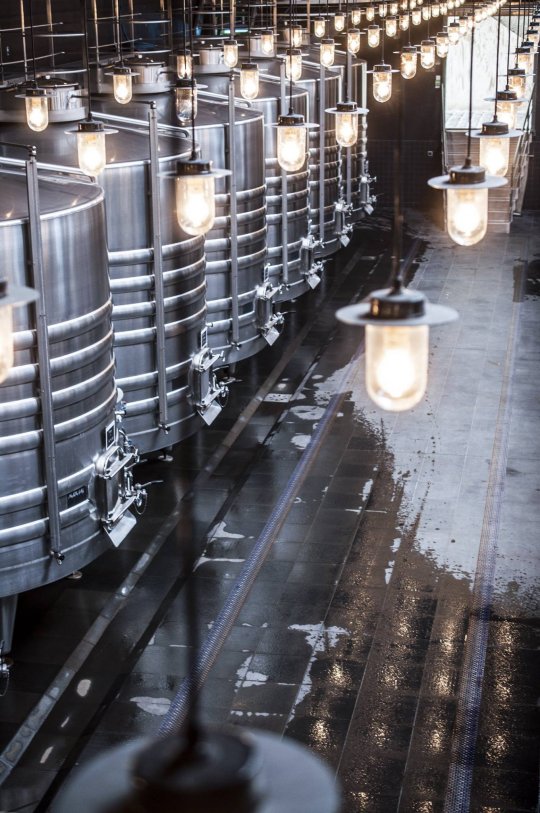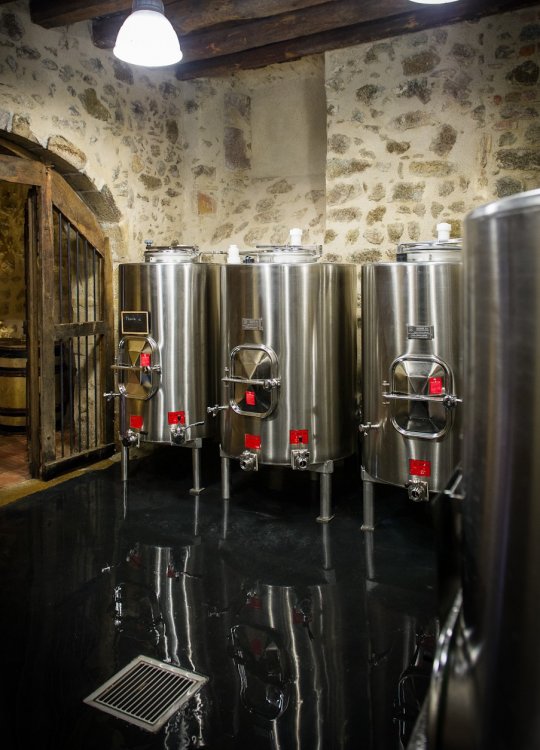Vats correspond to reductive ageing since there is little or no oxygen present in the environment unless it is intentionally added by micro-oxygenation or operations such as racking.
On an organoleptic level, this allows the preservation of all the aromatic components that are highly sensitive to oxygen, such as thiols. The materials are neutral in terms of flavour (except for wooden vats) making it possible to preserve a very fruity profile.
Logistically, maturing in vats is easy, especially with large volumes. There is less work and monitoring is less time consuming.
Different materials and shapes exist.
The available materials are:
- Steel
- Raw concrete
- Concrete with epoxy resin
- Wood
- Stainless steel
- Sandstone
Each material has its advantages and disadvantages but do not seem to have the same characteristics, mainly in terms of hygiene, but also with regard to the neutrality of the material (deterioration, microbiological risks, release of compounds into the wine) and respect for the environment (water consumption and savings).



